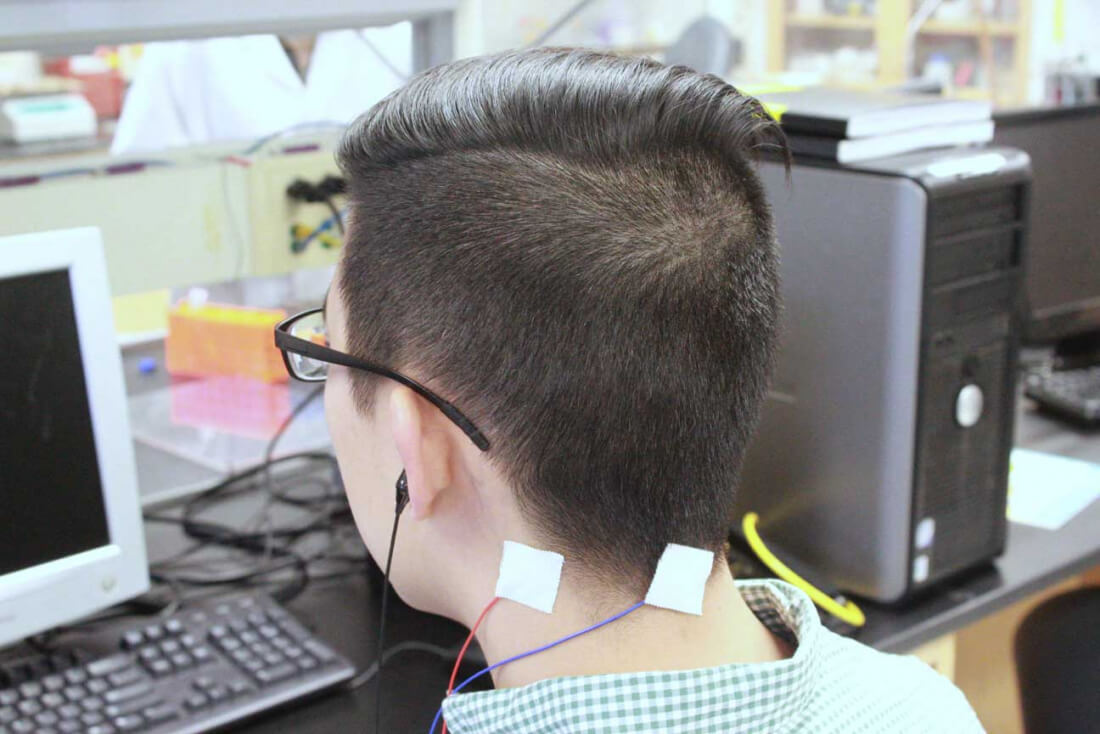If you're one of the two million Americans that suffer from some degree of tinnitus, (a constant ringing in your ears), an end may finally be in sight if the University of Michigan has anything to say about it.
Researchers from the school have reportedly developed a device aimed at tackling the root cause of tinnitus. "The brain, and specifically the region of the brainstem called the dorsal cochlear nucleus, is the root of tinnitus," said Susan Shore, university professor and leader of the research team working on the device. "When the main neurons in this region, called fusiform cells, become hyperactive and synchronize with one another, the phantom signal is transmitted into other centers where perception occurs."
According to Shore, if these signals can be stopped, tinnitus can, too. The research team's approach to treatment with the device, referred to as "targeted bimodal auditory-somatosensory stimulation," uses both weak electrical pulses and timed sounds to attempt to bring hyperactive cells back to normal activity levels.
After first testing the device on guinea pigs to ensure its safety, Shore's team moved on to human trials with 20 participants. However, the research team didn't invite just anyone to participate - instead, researchers were only looking for individuals with a very specific form of tinnitus, the kind that can be "modulated" by moving one's neck or head around.
Results of these trials have been mixed but overall positive with no observable negative impacts thus far. In two cases, patients taking part in the study found that their tinnitus disappeared entirely. Most others said the ringing sound simply became easier to ignore and live with. Following treatment, most patients rated tinnitus' impact on their quality of life rather low on a 100-point scale.
"We're definitely encouraged by these results," Shore said. "but we need to optimize the length of treatments, identify which subgroups of patients may benefit most, and determine if this approach works in patients who have nonsomatic forms of the condition that can't be modulated by neck and head maneuvers."
